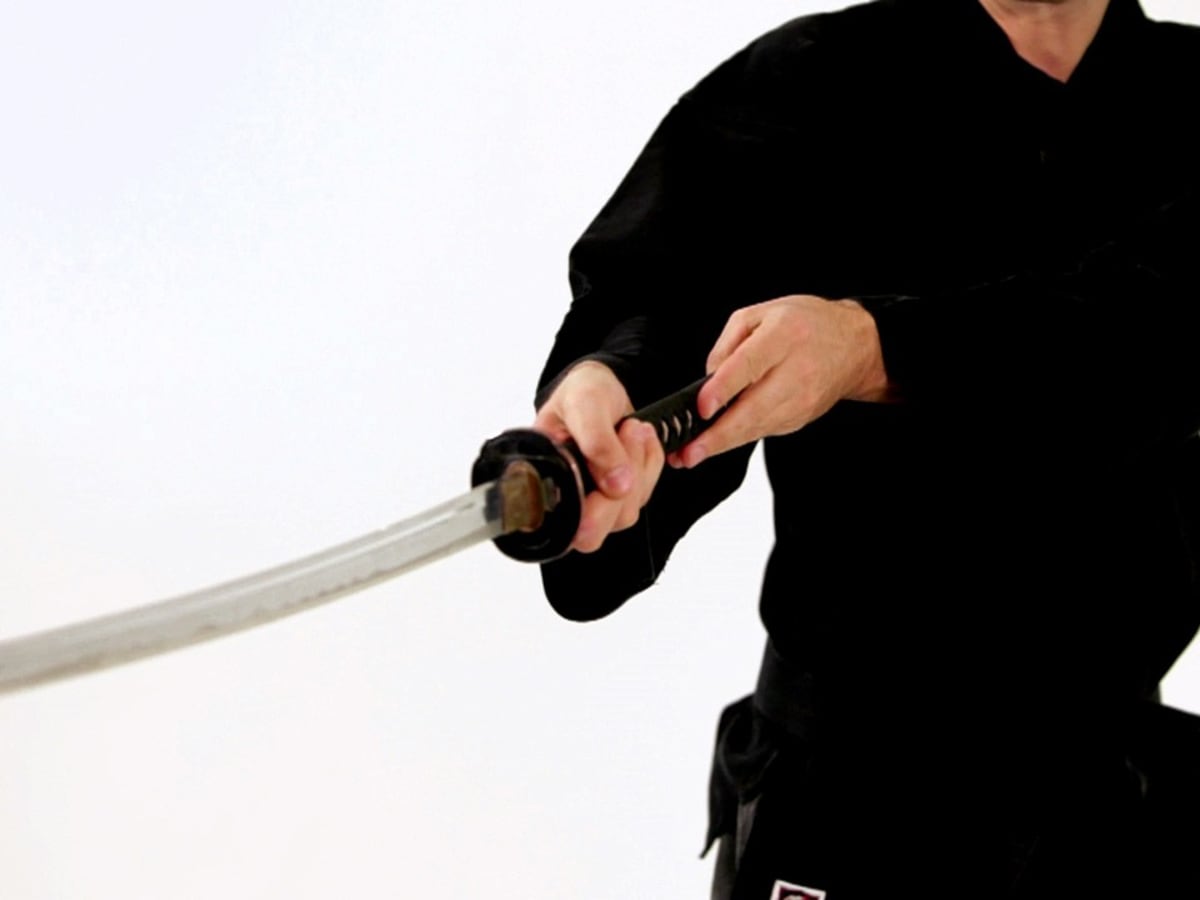
Jikiden, Pronounced “jee-key-den,” means directly transmitted Įishin-Ryu, pronounced “ay-shin-ree-oo,” means Hasegawa Eishin School (the seventh headmaster of the system).

Muso, pronounced “moo-soh,” means divinely inspired The translation of the of the name of the school indicates its gravity: Muso Jikiden Eishin-Ryu is a school steeped in traditional Japanese values. I, pronounced “ee,” means to exist, and has elements of the concept of being seated.Īi, pronounced “I,” means to achieve a state of harmony through unification, or blending with energy.ĭo, pronounced “dough” means The Path or The Way.Īssembled, the ideograms in iaido can translate as “the way to meet with one's own existence.” Not what a newcomer might expect as the translation for the name of a sword art that seems outwardly aggressive despite its gracefulness. This is reflected by the translation of the three characters, or ideograms that comprise Iaido: Constantly humbling in its precision, iaido students must confront their own demons in order to let go of their delusions. Iaido can be is a vehicle for one's life journey. Practicing iaido is a personal and spiritual journey that is complimentary to any religious or spiritual worldview. Only by studying Japanese history and culture can one begin to understand the finer aspects of iaido. As such, the Mountain Wind Dojo’s curriculum and instructional objectives reach far beyond the waza of Eishin-Ryu, extending into traditional Japanese culture and history and iconology. Historically, these varied drawing and cutting applications would have prepared the samurai for nearly any situation that might arise.ĭeveloped over four hundred and fifty years ago, certain forms of Muso Jikiden Eishin-Ryu have changed little. Each waza has a scenario or practical application that explains, informs, and clarifies the movements. Each waza has five distinct elements: drawing the sword (nukitsuke), raising the sword overhead in a defensive manner (furikaburi), the downward cut (kirioroshi), blood removal (chiburi), and replacing the sword in its scabbard (noto).

Waza sets are arranged to form shoden (initial-level), chuden (middle-level), and okuden (hidden/secret-level). Our school, or ryu, is comprised of seven sets of prearranged techniques called waza or kata, depending on whether they are performed alone or with a partner.


Muso Jikiden Eishin-Ryu iaido is a traditional Japanese art of drawing the sword.


 0 kommentar(er)
0 kommentar(er)
